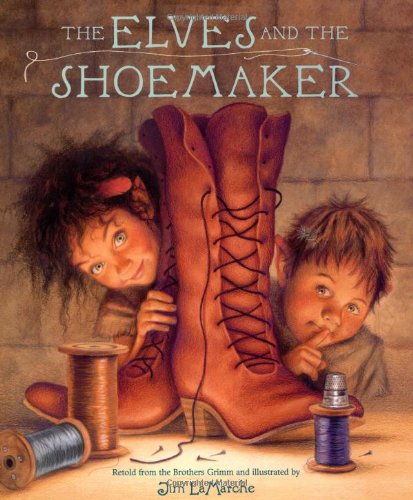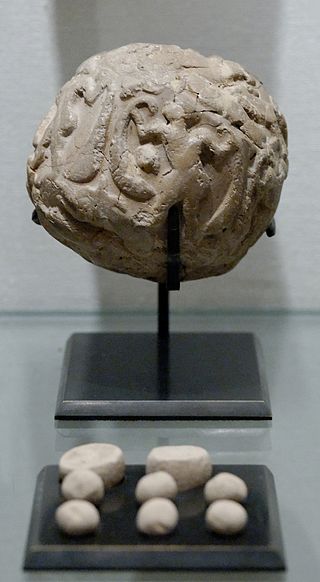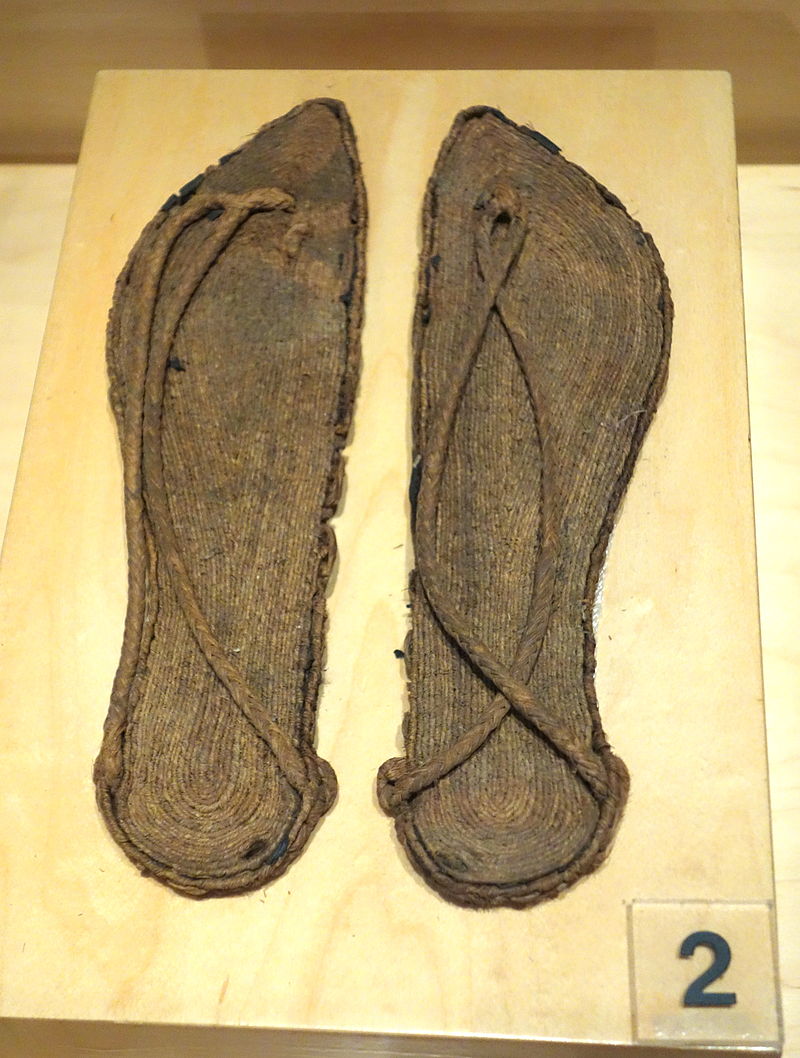In novels and movies, the story usually ceases right after the climax. We, the audience, feel good or bad depending upon how the story ended for the protagonist, antagonist or minor characters whom we've grown attached to, but that's the last we know of them. Unless there's a sequel, we seldom get a look into what happened afterward.
Sure, in the fairy tale, the Prince woke up Snow White with a kiss which earned him a luscious lady and we're told they lived happily ever after. End of story. But, when you think about it, this independent bachelor suddenly acquired spousal duties, plus immediately inherited seven little people, at least one of whom was Grumpy. You can't tell me those two love birds didn't have a squabble or two. That's the after story, that's reality.
Occasionally, a movie such as
American Graffiti or
Animal House provides some after-story notes to let the audience know what eventually happened to
their characters beyond the climax. After all, inquiring minds have an attachment to the characters they became emotionally involved with and they want to know how those characters ended up much later.
So, here's one of my street stories of how the deal went down.
Bennie dealt in kilos and had two Green Cards who brought him the coke in from California. In turn, the two Green Cards obtained their high quality product from family members in an area one of the larger Mexican cartels called home. Our boy Bennie was no virgin to the world of crime, seeing as he had two priors for homicide. He'd also been a member of a radical group. Not the kind of guy you'd invite over to the house for Sunday dinner.
Slim, a guy with one foot in the outlaw world, had managed to put Bennie and me together for a meet in a hotel at the other end of the state. Bennie was bringing coke to the table and I was bringing thousands of dollars in US currency. Everybody expected to leave the hotel room happy,...except I got to the room first.
The local police techs installed a video camera in the air duct high up in the wall overlooking most of the room. Naturally, on the other side of the wall in their own room they had set up monitors to keep track of what was going on in the buy room. They also placed a tape recorder underneath the plastic liner in a waste basket located next to the coffee table in the buy room. Then, in a room across the hall waited a SWAT team on standby to make the arrest. After all, Bennie did fall into the deadly and dangerous category.
All equipment worked, everyone in place, our side was ready.
The phone rang. Slim, our informant, said the four of them were downstairs. When I inquired about guns, he replied that he hadn't seen any, but they did have the stuff. I said to bring them on up.
A knock at the door. I opened it. Slim made introductions as each man filed in. Since the two Green Cards had a little trouble with English, Bennie did most of the talking at first. They brought in and set a large ice chest on the coffee table. To anyone else, it would appear that we were about to have drinks.
Being as this was the first time Bennie had ever seen me, he acted a bit standoffish. To make him more comfortable, I took the stacks of money out from under the couch cushions where I'd been sitting and placed said currency on the coffee table. Nothing like lots of high denomination bills to make people talkative. The two Green Cards dropped to their knees and started counting in Spanish, right next to the concealed tape recorder.
At this point, I'm talking to the two Green Cards, asking how often we can do this and how much quantity can they deliver. My talking keeps interrupting their counting. Finally, Bennie, being a more efficient type guy plus feeling left out of the conversation, tells Paco to give him the money to count. Paco should open the ice chest and give me the coke.
Paco and Green Card #2 open the chest lid, take out the beer and pop, and then start pouring the ice and water into the nearby waste basket beside the coffee table. I can mentally hear a large gasp from the cops monitoring us from the next room. I wait to see if smoke is going to start coming up from a suddenly shorted-out recorder. No smoke appears, the plastic liner must be holding.
Using a screwdriver, Paco dismantles the ice chest and hands me two large plastic bags of white powder that had been concealed in the walls of the chest. One bag has a small hole covered with Scotch Tape. Bennie finally admits they sampled the coke earlier to make sure it was good. But of course.
While Bennie and the Green Cards go back to counting money, I speak the bust signal and Slim opens the door. SWAT floods the room. Bennie is truly hurt that he doesn't get to keep the money. Some of it is still possessively clutched in one hand when SWAT stretches him out on the carpet.
End of story, the deal is done, the bad guys caught, all is as it should be. But, since this is reality, there is an after story, a what happened later.
Slim eventually dropped off the radar. Not a bad idea considering his work for us, even if he did have a girlfriend who carried two concealed automatics under her shirt to protect his back. At some point later, Slim and his pistol-packing girlfriend acquired an exotic dancer to round out their little family. I didn't ask, but they probably figured an exotic dancer was more fun than having seven little guys running around underfoot. Seems everybody has different ideas on what they want in life.
Paco, one of those happy-go-lucky type of guys, flipped, so we brought in a translator to help with the debriefing. I'd ask a question, then he and the translator would chat for several minutes before I got a simple answer. At one point, he tried telling me his source was a guy he barely knew who recently got killed in a train wreck. I pretended to study my debriefing notes and then told him in Spanish that he was lying and any sentencing deal was off. Surprised and not knowing how much Spanish I really knew (not much), he immediately changed his story about the source. Paco did his time and then got deported. I had grown slightly fond of the rascal and often wondered if he lived after going back to Mexico. Them boys down there didn't care much for people who talked to the law. But knowing Paco the way I did, I figured he probably jumped the fence the very next night so he could return to his favorite California bar in order to play guitar, drink tequila and eat shrimp. In which case, I hope he got out of the coke business.
Bennie took his fall and went to Super Max. Ten years later, I'm standing in the lobby of the federal building when I hear this well-modulated voice. "Robert, good to see you." And there's Bennie waiting to get through the security line. "I always liked you," he said. "I have no hard feelings."
Well, that's damn good, cuz now Bennie is obviously back on the street. Seems he got good time in the joint and is now headed upstairs to report in to his federal Parole Officer. Bennie assures me he has changed his life. I wish him well.
After he goes up in the elevator, I tell the two lobby guards that Bennie won't last six months on the outside. Sure enough, three months later, his parole is revoked for assault. Somebody ended up lucky, that could have been Bennie's third homicide. As long ago as all that has been, he may be out again. Hope Bennie meant what he said in our last conversation, about the no hard feelings.
As for me, I get to continue telling tales of the street on the Sleuthsayers blog. Guess I was the one to draw the happy-ever-after card.
Now, about that exotic dancer..........











 by Fran Rizer
by Fran Rizer

